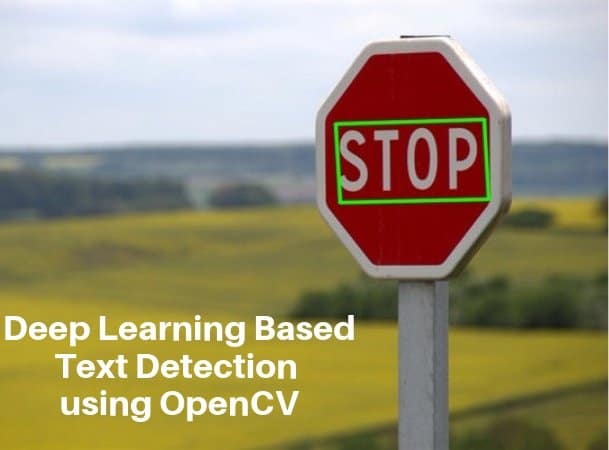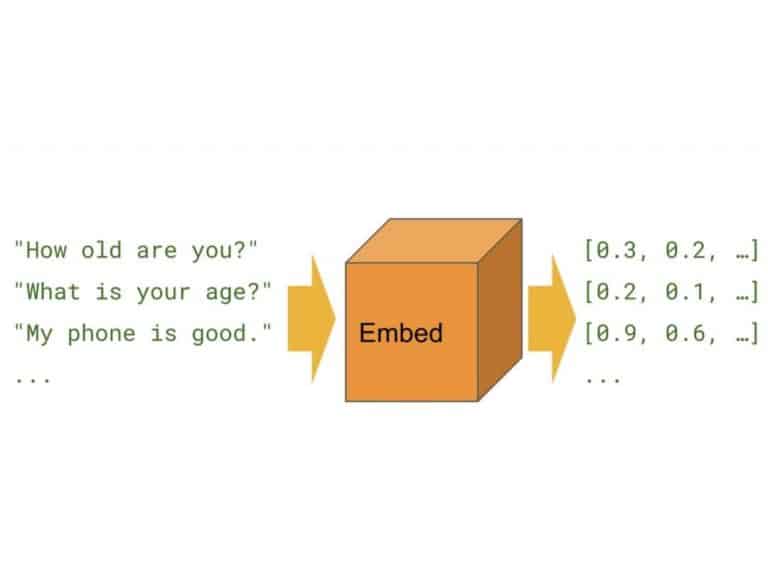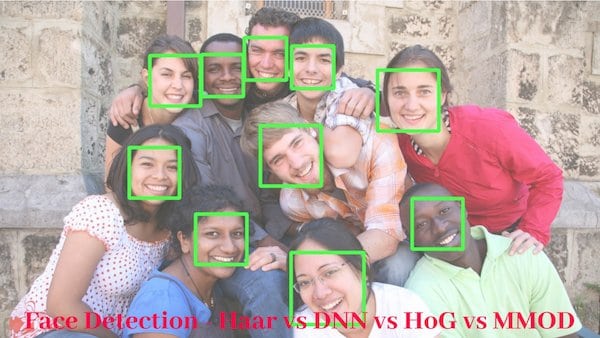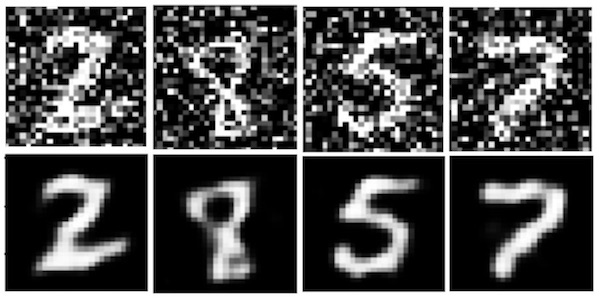tensorflow
In a previous post, we covered the concept of fully convolutional neural networks (FCN) in PyTorch, where we showed how we could solve the classification task using the input image
The common saying is, “A picture is worth a thousand words.” In this post, we will take that literally and try to find the words in a picture! In an
There are three important parts of Artificial Intelligence Natural Language Processing Speech Computer Vision This post falls in the first category. In this post, we will learn a tool called
In this tutorial, we will discuss the various Face Detection methods in OpenCV, Dlib, and Deep Learning and compare the methods quantitatively. We will share code in C++ and Python
In this article, we will learn about autoencoders in deep learning. We will show a practical implementation of using a Denoising Autoencoder on the MNIST handwritten digits dataset as an
In this post, we will introduce several new concepts associated with the general problem of classification involving more than two classes. This is sometimes referred to as multinomial regression or
1. Deep Learning Frameworks Deep Learning is a branch of AI which uses Neural Networks for Machine Learning. In the recent years, it has shown dramatic improvements over traditional machine









